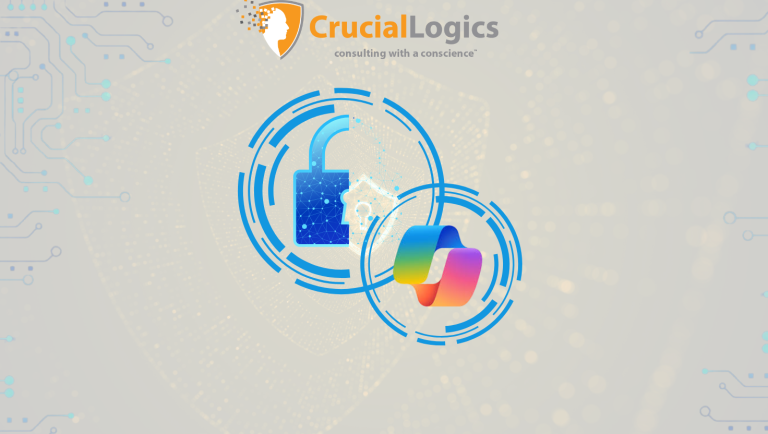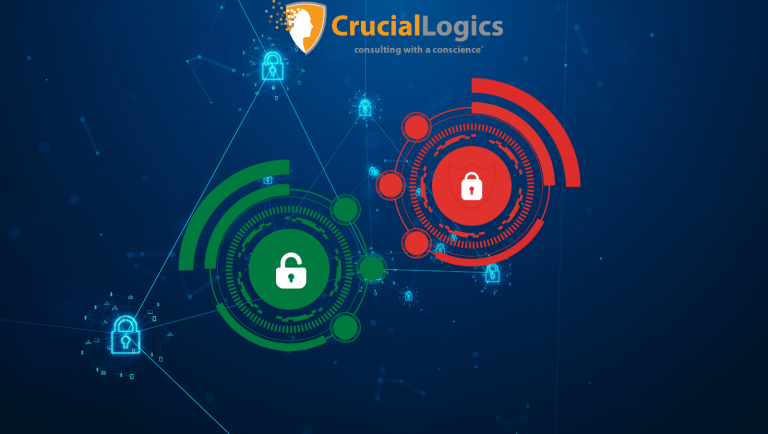IT service outsourcing supports core business operations by offloading complex IT functions to specialized providers. Managing infrastructure, cybersecurity, and user support in-house often increases operational costs, complexity, and risk. By outsourcing, organizations transfer these responsibilities to external experts, enabling internal teams to focus on strategic initiatives.
This article outlines what IT service outsourcing entails, why companies adopt it, the benefits, pricing models, common challenges, and the most frequently outsourced services.
What Is IT Service Outsourcing?
IT service outsourcing involves engaging third-party providers to manage key IT functions such as infrastructure, cybersecurity, end-user support, cloud operations, and disaster recovery. The objective is to reduce internal IT overhead, improve performance, and gain access to specialized expertise.
Instead of building a full-scale internal IT team, organizations partner with external vendors who deliver continuous monitoring, maintenance, and support under a fixed-service agreement. This model improves operational stability and helps prevent downtime.
Typical outsourced IT functions include:
- Infrastructure Management: Continuous monitoring and maintenance of servers, networks, and endpoints to ensure optimal performance and early issue detection.
- Security Services: Real-time threat detection, vulnerability management, and incident response to protect systems and data.
- Help Desk Support: On-demand technical assistance for end users, improving response time and service quality.
- Remote Monitoring: Continuous oversight of systems and infrastructure to detect and resolve issues before they affect operations.
- Cloud Management: Configuration, optimization, and monitoring of cloud platforms such as Microsoft 365 to maintain efficiency and availability.
- Backup and Disaster Recovery: Scheduled backups supported by tested recovery plans to ensure business continuity during outages or data loss events.
Why Businesses Choose IT Service Outsourcing
Organizations typically turn to IT service outsourcing in response to one or more operational challenges:
1. Skills and Capability Gaps
Technology evolves rapidly. In-house teams often lack the necessary capacity and specialization to manage advanced systems, cloud environments, and regulatory compliance. Outsourcing provides immediate access to expertise across disciplines.
2. Resource Constraints and Availability
Maintaining a 24/7 in-house IT operation is costly and unsustainable. Outsourced providers offer round-the-clock support, reducing reliance on limited internal staff and minimizing service interruptions.
3. Compliance and Risk Management
Highly regulated sectors such as healthcare, finance, and legal services face complex compliance requirements. Outsourced IT partners bring proven frameworks, tools, and regulatory knowledge to reduce risk and support audit readiness.
Managed IT Services Pricing Models
IT service outsourcing costs vary by provider and the scope of engagement. Understanding common pricing structures enables organizations to select the right model and effectively control expenses.
| Pricing | Best for | Cost | Watch out for |
| Per Device | Stable hardware environments | Varies by provider | May incur extra fees for add-ons |
| Per User | A user with multiple devices | Varies by provider | Clarify limits on covered services |
| All-inclusive | Predictable budgeting | Fixed monthly rate | Confirm scope and exclusions |
| Tiered Packages | Varying support requirements | Scaled by tier level | Watch for service upselling |
When compared to the cost of recruiting and retaining full-time IT staff, including salaries, training, and turnover, outsourcing often delivers greater value at lower cost.
Does My Company Need IT Service Outsourcing?
Many organizations turn to IT service outsourcing when internal resources become strained or insufficient. If your business struggles with unpredictable IT costs, outsourcing offers fixed monthly pricing that simplifies budgeting and improves financial planning. It also provides access to specialized expertise in areas such as cloud architecture, cybersecurity, and regulatory compliance, without the overhead of building and retaining a whole internal team.
Scalability is another key advantage. As your organization grows, outsourced providers can quickly expand IT support and infrastructure without requiring in-house knowledge of system architecture or network design. Additionally, they provide enterprise-grade security capabilities, including threat detection, incident response, and compliance support. These are typically beyond the reach of smaller IT teams.
Challenges of IT Service Outsourcing
Outsourcing IT services can provide significant advantages, but it is not without risks.
Service Quality Variability
Not all providers deliver the same level of expertise. Some operate with limited technical depth, while others act as strategic partners. The quality gap is often only revealed during critical incidents when timely, competent support matters most.
Lack of Institutional Familiarity
Internal IT staff often develop an in-depth understanding of business operations, user behavior, and system quirks. For example, they may know that the budget controller in Finance regularly forgets their credentials or that a specific printer requires manual adjustment. Outsourced providers may lack this level of familiarity.
Unclear Scope and Hidden Costs
Some vendors present low-cost proposals that exclude essential services. What appears to be an all-inclusive agreement may not cover key tasks such as cloud migrations or compliance reporting, leading to unexpected costs through change orders.
Security Risk Exposure
While outsourcing can strengthen your security posture, it also introduces dependency on a third party. If the provider’s systems are compromised, your data may be at risk. Ensure that any outsourced IT partner adheres to strict internal security protocols and has established incident response measures.
How to Choose the Right IT Outsourcing Partner
Selecting a qualified IT outsourcing provider requires careful evaluation across several key areas:
1) Request Industry-Relevant References
Ask for references from organizations similar in size and sector. A provider suited for a small professional services firm may not be equipped to support a larger enterprise with complex infrastructure needs.
2) Review the Service Level Agreement (SLA)
The SLA outlines performance expectations. Ensure it includes clear response times, uptime guarantees, and defined penalties for service failures. Avoid vague language or generic commitments.
3) Assess Communication Standards
Evaluate responsiveness during early interactions. A provider should be able to explain technical issues clearly and respond promptly.
4) Verify Security Controls
Ask detailed questions about the provider’s internal cybersecurity policies, tools, and compliance protocols. Hesitation or lack of transparency is a warning sign.
5) Plan for a Structured Exit
Ensure the agreement includes a straightforward offboarding process. You should be able to switch providers or revert services in-house without risk of data loss or operational disruption.
Conclusion
IT service outsourcing provides a strategic advantage for most organizations. The value depends on selecting the right partner and establishing clear expectations from the onset.
If your team is spending significant time resolving IT issues, struggling to meet security or compliance standards, or unable to scale infrastructure effectively, it may be time to consider outsourcing.
At CrucialLogics, our IT outsourcing services are designed to be comprehensive and fully managed. We handle your infrastructure, collaboration tools, and security event monitoring so your team can stay focused on core business functions. We operate as a strategic partner, aligning with your goals, maintaining consistent communication, and delivering measurable outcomes. To speak with a consultant about your IT environment, contact us today.
Frequently Asked Questions
What’s the difference between co-managed and fully managed IT?
Co-managed IT is a partnership. Your internal team handles some IT tasks, while the Managed Service Provider (MSP) supports and supplements them, often filling skill gaps, handling after-hours monitoring, or managing specific projects.
Fully managed IT means the MSP handles everything, including help desk, infrastructure, cybersecurity, and compliance. It’s ideal if you don’t have an in-house team or want to offload IT entirely.
How long does onboarding take?
Onboarding usually takes 2 to 6 weeks, depending on the complexity of your environment.
The MSP should provide a clear onboarding plan so you know exactly what to expect.
Can I cancel if I’m not happy?
It depends on your contract. Most reputable MSPs offer flexible terms or trial periods. Look for agreements with a 30- or 60-day cancellation window.
More importantly, ask how they measure satisfaction. A good MSP will proactively report on performance and address issues before they arise.






